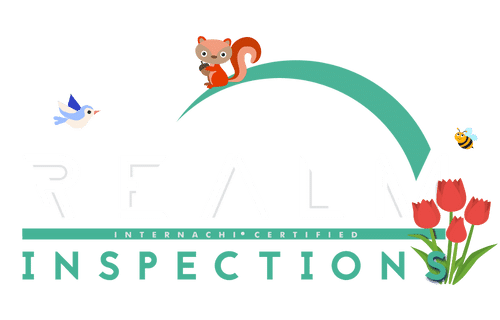Inspection Day Checklist
To provide the best value for our service and for you to get the most of the inspection we have compiled a list to help you prepare for inspection day.
- We are prompt. The inspector will typically arrive 15-20 minutes before the appointment.
- Prepare a list of your own observations from the prior year for you and your inspector to review. Cosmetic defects such as nail pops and open seams along trim work are typical for new homes and will only be documented in severe cases.
- Let your dogs and cats have an adventure with a family member or friend during the inspection. Please check that other pets (birds, rodents, etc.) are securely caged. As much as we love animals, they sometimes don’t like us.
- If you have a dog, be sure to clean up any droppings around the home – your inspector doesn’t want to step in it (or track it into your home)
- Stored personal items will inhibit the inspector’s ability to perform a complete assessment. Try to clear access to critical areas such as windows, doors, plumbing, etc.
- Move items that block access to heating systems, electrical panels, water heaters, and others. We will not move personal items.
- If your attic access is in a closet or garage, clear out any personal items beneath it. The inspector is not permitted to move your personal items and doesn’t want to dirty them with insulation or other debris that could fall from the attic.
- Avoid parking vehicles in the garage, we do quite a bit of inspecting in garages and a stored vehicle will get in the way.
- If the home has a radon mitigation system, make sure that it is running.
- Replace any burned-out light bulbs. Seriously, we won’t verify that the circuit is functional without them.
- Check that all filters are in place and clean; this includes the furnace, range hood, and return vents.
- If you are having a radon test performed, be sure to close all windows and doors at least 12 hours before the test and keep them closed during the test, per EPA testing guidelines. Openings in the home’s exterior, even on upper levels, increase the “stack effect” and can allow more radon into the home. There is a supplemental document included that will cover other radon testing requirements.
For Radon Testing
Closed House Conditions Required
The EPA has long since established guidelines for radon testing and how these tests are to be performed. These guidelines are as follows:
- All windows and exterior doors must be closed 12 hours before the test placement and remain closed at all times except for momentary entry and exit. If any windows are open when we arrive for deployment, anticipate that the test will be extended by 12 hours minimum. Whether interior doors (e.g., bedroom, bathroom) are open or closed, it does not matter. These doors are located within the house’s thermal envelope.
- Maintain closed-house conditions at all times until the device is retrieved by the tester, even if that time extends beyond the minimum 48-hour period. Readings are collected throughout the testing period to make sure the closed-house conditions have been maintained. If any windows are open upon equipment retrieval, we will need to perform a retest. Retests are at the expense of the homeowner.
- Do not operate external-to-internal air exchange systems such as attic and window fans.
- Fans that are part of a radon-reduction system or small exhaust fans operating for only short periods (such as bathroom fans) may run during the test. (Radon-reduction systems, when present, should be working 24/7 before the start of the test.)
- Air conditioners that do not exchange outside air are permitted. Central A/C systems are allowed to run. Use of window or through-wall air conditioning units is NOT allowed. We understand the inconvenience this may cause during the hot summer months. However, accurate test results could be a matter of life and death.
- Energy Recovery or Heat Recovering Ventilators (ERV/HRV): Normal operation of permanently installed ventilation systems that bring outdoor air into the home (also called air-to-air heat exchangers) is permitted to continue during closed-building conditions so long as the system is regularly maintained and continuously operational.
- Fireplaces should not be used. You may use wood stoves, provided the stove doors are closed.
- Limit the use of aerosols (hairspray, air fresheners) in the area being tested.
- DO NOT TOUCH THE TESTING EQUIPMENT! The equipment is delicate and expensive, with replacement units costing more than $1200. The radon measurement devices are equipped with anti-tampering systems that will indicate if the device has been disturbed, thereby rendering the test invalid and necessitating a retest.
EQUIPMENT PLACEMENT: We will place the radon test equipment on the lowest level of the house and in a room determined to be a frequently used space.
RETESTS: Retests will be at the expense of the homeowner. The fee for a retest is $200. The client’s Inspection Report will not be released until payment is received for the retest.
